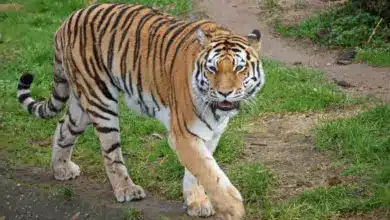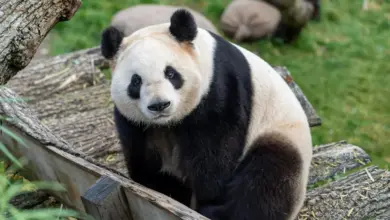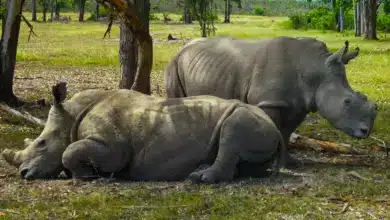TOP 10 ENDANGERED SPECIES NEWS

Global warming will make it necessary for rainforest animals to adapt to changes in their environment. In rain forests from South America to Africa to Southeast Asia, there have been strong hints that climate change spells less rain for the rainforest—and that means less suitable habitat for vulnerable and endangered rain forest species.
Climate Change Imperils Rainforest Species
Global climate change seems to be affecting rain forests worldwide chiefly through shifts in rainfall patterns. Less rain is falling over many of the world’s rainforests, and droughts are becoming more common, a development that affects the growth of vegetation and creates a risk of wildfires that destroy vast expanses of desiccated rain forest.
According to scientists, a 2005 drought in the Amazon region caused some of the largest rainforest trees—those that make up the forest’s upper layer, or “canopy”—to begin dying off. Without a tight rain forest canopy in place, sunlight reaches the normally shadowy lower layers of the forest, causing further drying as well as forcing shade-loving plant and animal species to move out.
When rainforest vegetation gets dry enough it can be set ablaze by lightning or by humans (intentionally or otherwise).
In addition to reduced rainfall, rain forests around the globe are under severe pressure from cutting by humans. People cut rainforest trees for use as timber, to burn in order to make charcoal for cookstoves and to clear the forest for agriculture, including the creation of vast palm-oil plantations.
Changing rainfall patterns may already have caused a significant decline in the numbers of fish that inhabit the Amazon River system.


